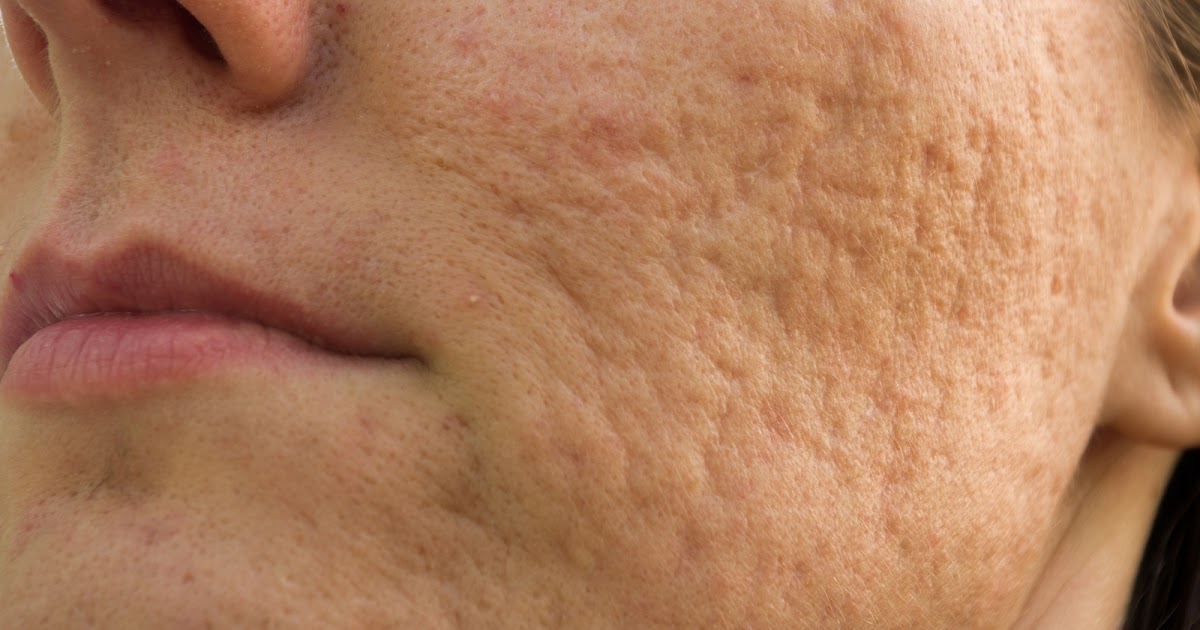Health Benefits And Risks Of Dermaplaning
Dermaplaning is a form of facial exfoliation that involves using a surgical grade scalpel to scrape and remove dead cells and hair from the top layer of skin. The procedure is non-invasive and quick, lasting less than thirty minutes in a dermatologist or estheticians office. The procedure can also be performed at home with specialized equipment. For best results, the procedure is repeated on a monthly basis. Dermaplaning has gained popularity in recent years as an effective treatment for a variety of facial skin issues, but its best to understand the procedure before applying it as part of a skin regimen.
Here are some common benefits and risks of dermaplaning.
Lightens Acne Scars

Dermaplaning has become a go-to treatment for individuals who have had acne as studies indicate it lightens acne scars. While it is not recommended for those individuals who experience frequent breakouts or for those in the midst of an active breakout, the procedure not only reduces hyperpigmentation but it also evens out skin tone and texture, making scars both lighter and smoother in appearance. One of the greatest benefits of dermaplaning is, unlike microdermabrasion (another popular treatment for acne scars), it is gentle on the skin, making dermaplaning a perfect scar treatment option for individuals with sensitive skin.
Learn more about how dermaplaning can benefit health now.